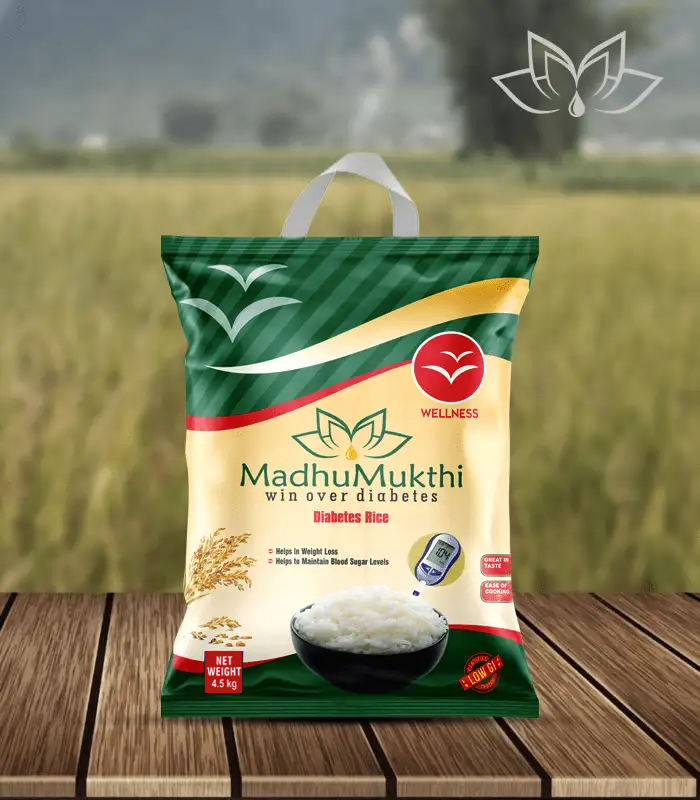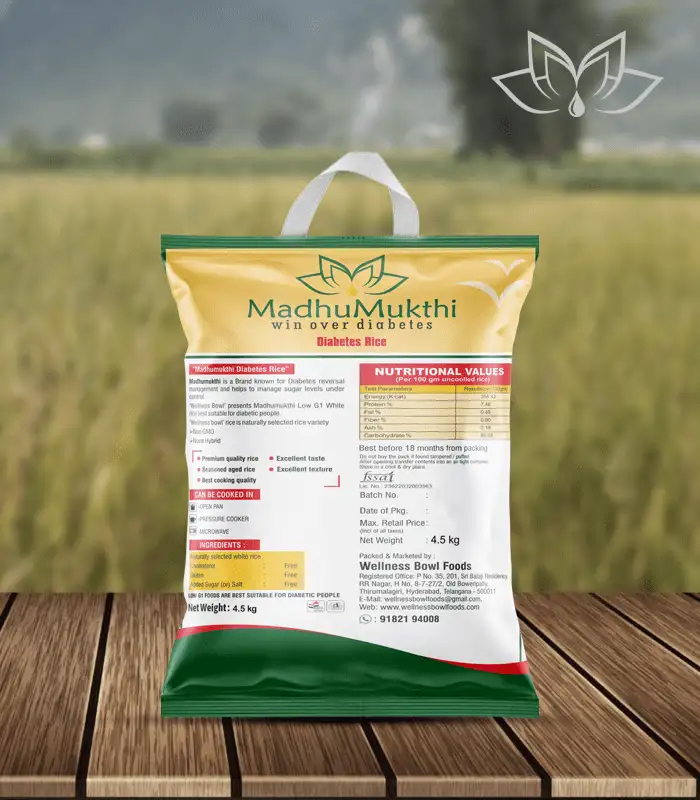
Diet is very important for controlling blood sugar levels. For individuals with conditions like type 2 diabetes or those looking to maintain stable blood glucose levels, choosing the right foods is essential. One dietary staple that often raises concerns is rice. However, not all rice varieties are created equal when it comes to their impact on blood sugar. In this article, we will explore various types of rice that won’t spike blood sugar and are suitable for a low glycemic index diet.
Understanding the Glycemic Index (GI)
Before we dive into the world of rice varieties, let’s first understand what the glycemic index (GI) is and why it matters. The glycemic index is a system for ranking foods’ carbohydrate content according to how rapidly it raises blood sugar levels. Foods with a high GI score (70 or above) cause a rapid spike in blood sugar, while those with a low GI score (55 or below) have a slower, more gradual impact.
Types of Rice Varieties
Rice comes in various types, each with its own unique qualities and impact on blood sugar levels. When choosing rice for a low glycemic index diet, consider these options:
Brown Rice: A Healthier Alternative
Brown rice is often praised for its nutritional value and lower glycemic index compared to white rice. It’s a whole grain that retains the bran and germ layers, which contain fiber and essential nutrients. As a result, brown rice has a GI score of around 50, making it a suitable choice for individuals looking to control their blood sugar levels.
Basmati Rice: The Fragrant Option
Basmati rice, known for its delightful aroma and distinct long grains, is another rice variety with a relatively low GI score. It ranks around 58 on the GI scale, making it a favourable choice for those who want to enjoy rice without a significant impact on their blood sugar.
Red Rice: A Colorful and Nutritious Choice
Red rice, often characterised by its reddish-brown bran layer, is a whole grain rice variety that offers both visual appeal and health benefits. With a GI score similar to brown rice, around 50, red rice is a fantastic option for individuals concerned about blood sugar spikes.
Black Rice: The Forbidden Rice
Black rice, sometimes referred to as “forbidden rice” due to its historical rarity, has gained popularity for its unique flavour and exceptional nutritional content. This rice variety boasts a low GI score, typically below 50, and is packed with antioxidants, making it an excellent choice for those aiming to manage their blood sugar levels.
Long Grain Rice: A Versatile Choice
Long grain rice, available in both white and brown varieties, offers versatility in the kitchen. While white long grain rice has a higher GI score, around 70, brown long grain rice remains a favourable option with a GI score closer to 50. Opting for the brown version can help individuals keep their blood sugar in check.
Short Grain Rice: A Starchy Delight
Short grain rice, commonly used in dishes like sushi, has a higher GI score compared to long grain rice, typically around 75. It’s essential to consume this rice variety in moderation, especially for individuals concerned about blood sugar levels.
FAQs
1. Can I eat rice if I have type 2 diabetes?
Yes, you can enjoy certain types of rice like brown rice, basmati rice, and red rice in moderation as part of a balanced diet for type 2 diabetes management.
2. How can I lower the glycemic index of rice dishes?
You can lower the GI of rice dishes by incorporating fiber-rich ingredients like vegetables, using smaller portions, and opting for whole grain rice varieties.
3. Are there any types of rice to avoid for blood sugar control?
It’s best to limit the consumption of short grain rice and white long grain rice if you are concerned about blood sugar spikes.
4. Can black rice be used in everyday cooking?
Yes, black rice can be incorporated into various dishes like salads, side dishes, and even desserts to add a unique flavor and nutritional boost.
5. What are some other low glycemic index foods?
Other low GI foods include legumes, whole grains, non-starchy vegetables, and lean proteins.
In conclusion, when it comes to including rice in your diet while maintaining stable blood sugar levels, choosing the right types of rice is essential. Brown rice, basmati rice, red rice, black rice, and certain long grain rice varieties offer options for individuals seeking to enjoy rice without causing significant spikes in blood sugar. Remember to monitor portion sizes and incorporate these rice types into a balanced diet for optimal blood sugar control.





